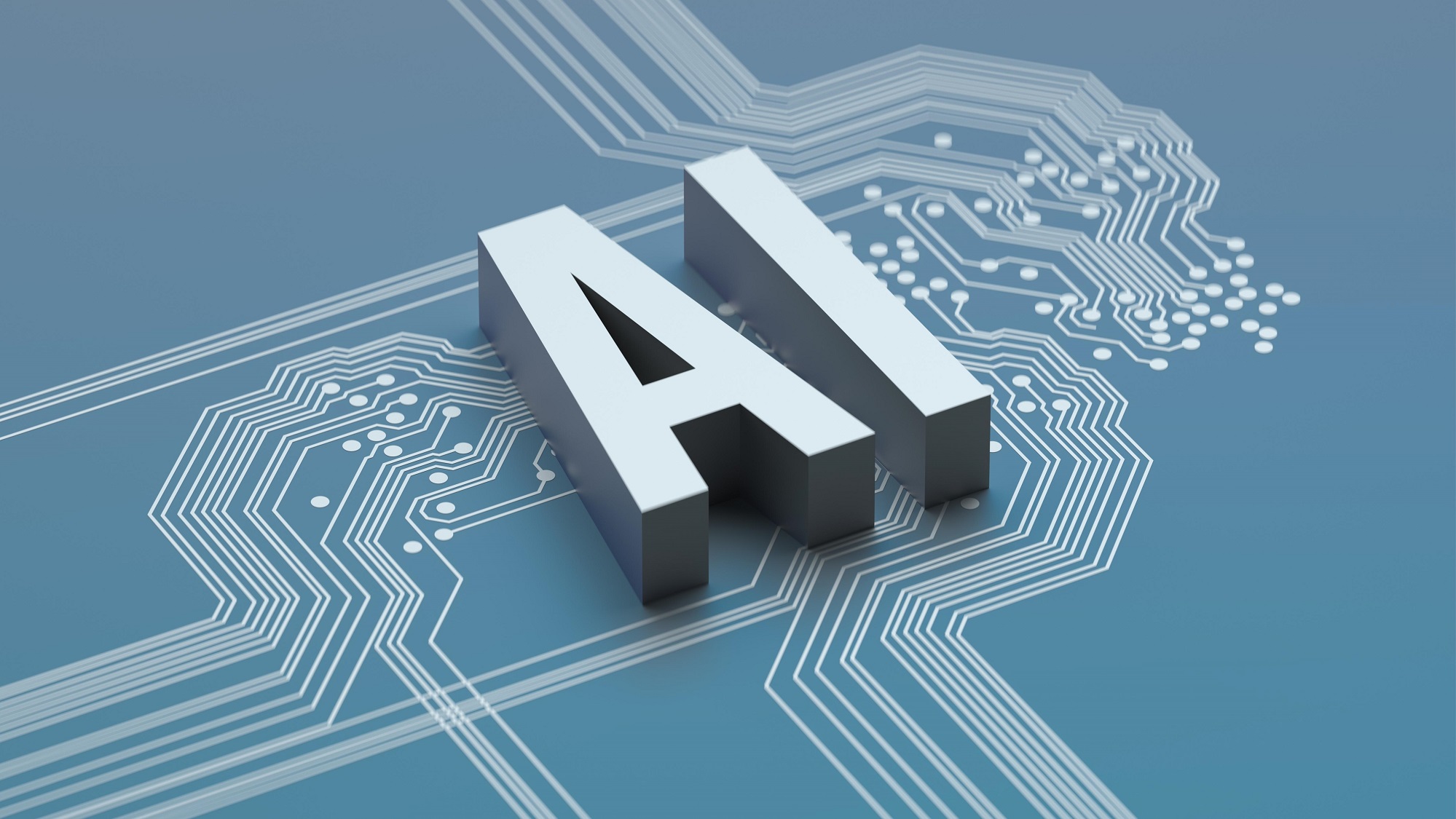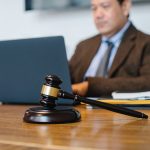In the ever-evolving realm of technology, generative artificial intelligence (AI) has emerged as a game-changer across various industries, including law. Its profound impact on copyright law principles, such as authorship, infringement, and fair use, has led to a cascade of complex legal questions. In this blog, we delve into the latest developments in generative AI and its implications for copyright law, providing a comprehensive overview for lawyers and law firms.
Recent Developments in Generative AI and Copyright Law
The advent of generative AI has ushered in a host of legal challenges. As the sophistication of AI continues to grow, it raises critical questions, such as:
- Infringement in the AI Training Process: Does the training or fine-tuning process of generative AI infringe on copyrights in other works?
- Scope of Copyright Protection: What is the appropriate scope of copyright protection for generative AI-generated outputs?
- Liability for AI-Generated Works: Who bears the liability for infringing works generated by AI?
Navigating these issues is particularly challenging because generative AI models defy easy comparison to precedent technologies. Additionally, policymakers grapple with defining AI, and many generative AI models remain in a state of constant evolution.
Recent Developments in Generative AI and Copyright Law
Let’s explore some of the recent developments and key legal decisions related to generative AI and copyright law:
1. Human Authorship Requirement
A notable case, Thaler v. Perlmutter, before the District Court for the District of Columbia, highlighted the requirement for human authorship in copyright registration (August 2023).
In this case, Steven Thaler sought to register an AI-generated visual art piece named “A Recent Entrance to Paradise.” The work had been producted by Mr. Thaler’s own generative AI system, ‘the Creativity Machine’. Mr. Thaler sought to classify his work as a computer-generated ‘work-made-for-hire’ since he was the creator of the AI system responsible for generating the artwork.
The U.S. Copyright Office denied registration, asserting that AI-generated works lack the essential human creativity required for copyright protection. Frustrated by this denial, Mr. Thaler filed a lawsuit against Shira Perlmutter, the Register of Copyrights and Director of the United States Copyright Office. Mr. Thaler sought to challenge the notion of whether a work autonomously generated by an AI system could be considered copyrightable.
Judge Baryl A. Howell, in her ruling, upheld the Copyright Office’s stance, explaining that the plain language of the Copyright Act required “an original work of authorship” to be created by a human. This decision was rooted in centuries of established understanding, as well as a dictionary definition of “author.” Furthermore, Judge Howell cited the U.S. Constitution’s Intellectual Property (IP) clause, which explicitly mentioned “authors and inventors,” and more than a century of Supreme Court precedents supporting the principle of human authorship.
The Copyright Office has attempted to provide more detailed guidance on copyright in “AI-assisted” works, but ambiguity persists. Creators are advised to disclose the contribution of an AI system when it surpasses the “de minimis” threshold, meaning the AI-generated creation would be eligible for copyright protection if it were human-made. An author would then receive copyright protection only for their contributions and changes made to the AI-generated parts of the work. As seen in the Thaler case, some degree of human creativity is required, and using an AI tool created by the author alone does not suffice.
In summary, the more an author modifies an AI-generated work, such as through image editing or text editing, the more likely it becomes copyrightable. However, questions remain about the threshold of human creativity necessary for an AI-generated work to qualify for copyright protection.
2. Second Rejection of Copyright Protection for AI-Generated Art
The U.S. Copyright Review Board has consistently held that AI-generated works lack human authorship and, therefore, are ineligible for copyright protection. An illustrative case involved an award-winning AI-generated artwork titled “Théâtre d’Opéra Spatial”. On September 5, 2023, the Board again rejected copyright protection for this artwork, as that it contained a substantial amount of content generated by artificial intelligence.
The artist, James M. Allen, used the generative AI system “Midjourney” to create the artwork. However, he also stated that it took 624 text prompts to arrive at the AI-generated image, which he then edited himself with Adobe Photoshop. Despite initial attempts to secure copyright registration, Allen declined to disclaim portions of the artwork generated by AI, leading to the rejection of his application.
3. The Copyright Office’s Inquiry and Request for Comments
In August 2023, the U.S. Copyright Office took a significant step in addressing the rapidly evolving landscape of generative AI and its implications for copyright law. The office issued a “Notice of Inquiry and Request for Comments” to explore and seek insights into four pivotal areas at the intersection of copyrighted works and AI technologies. These four key issues are central to understanding the evolving relationship between AI and copyright law and aim to provide clarity in a rapidly changing digital era.
4. The Use of Copyrighted Works to Train AI Models
One of the most fundamental aspects of AI development is training the models, and this often involves using large datasets, including copyrighted materials. The Copyright Office’s inquiry into this issue seeks to determine the legality and boundaries of using copyrighted works as training data for AI algorithms. It raises questions about the extent to which AI developers can use copyrighted content without infringing on the rights of copyright holders.
5. The Copyrightability of Material Generated Using AI Systems
The copyrightability of AI-generated works is a complex issue that has garnered significant attention in recent years. This part of the inquiry aims to tackle the question of whether AI-generated content, which often lacks direct human input, can be considered original and creative enough to qualify for copyright protection. The Copyright Office seeks to define the threshold of human involvement or intervention required for AI-generated works to meet the criteria for copyright protection.
6. Liability for Infringing Works Generated Using AI Systems
As AI-generated content proliferates, issues of copyright infringement become more pressing. This inquiry explores the liability of individuals or entities that use AI systems to generate content that may infringe upon the copyrights of others. It examines whether the responsibility for infringing AI-generated works falls solely on the developers and users of AI systems or whether the AI systems themselves can be held liable in certain circumstances.
7. Treatment of Generative AI Outputs Imitating Human Artists’ Identity or Style
Generative AI is increasingly capable of mimicking the artistic style or identity of human creators. This raises intricate questions about the intersection of AI creativity and human artistic identity. The inquiry delves into how copyright law should address instances where AI systems produce content that closely resembles the work of specific human artists.
The outcomes of these inquiries will play a pivotal role in shaping the future of copyright law, providing guidance to AI developers, copyright holders, and users of AI-generated content. They also underscore the need for continuous collaboration between legal experts, technologists, artists, and policymakers to strike a balance between fostering innovation and protecting the rights of creators in the digital age.
Conclusion
Generative AI holds immense promise but also presents complex legal challenges in the realm of copyright law. As technology continues to advance, legal frameworks will adapt to address these evolving issues. Lawyers and law firms must stay informed and help shape the legal landscape surrounding generative AI, ensuring a balance between innovation and intellectual property protection.












